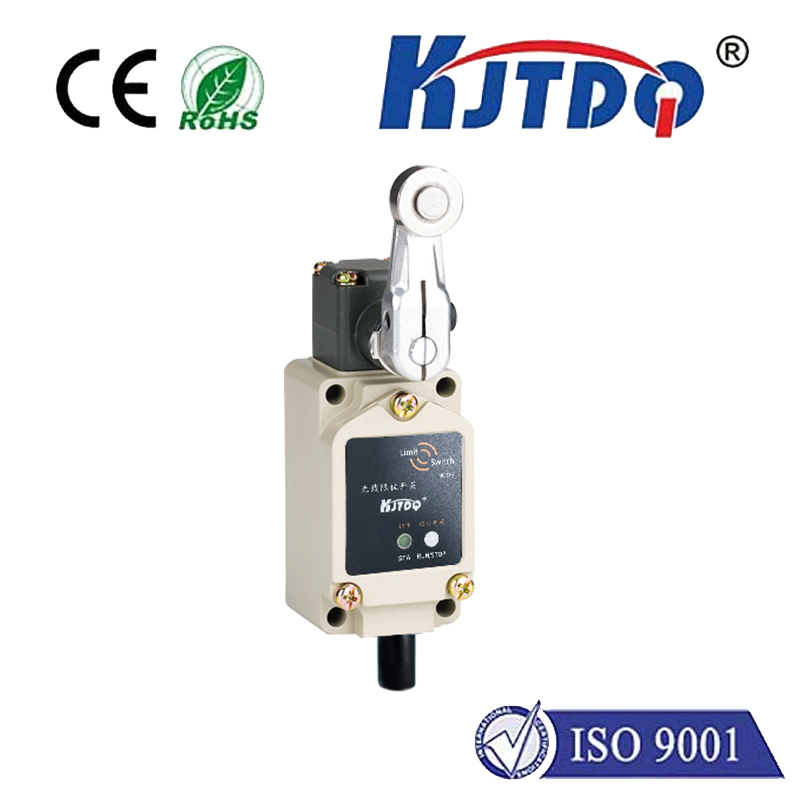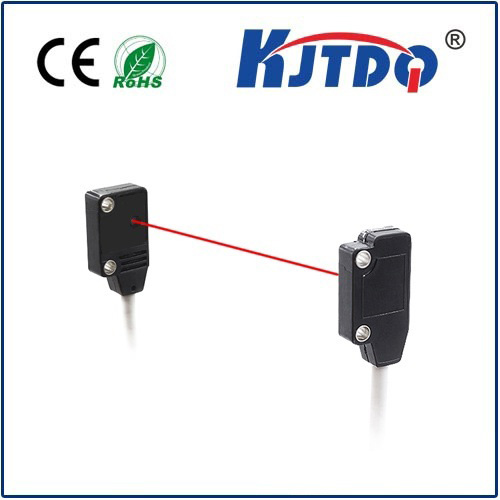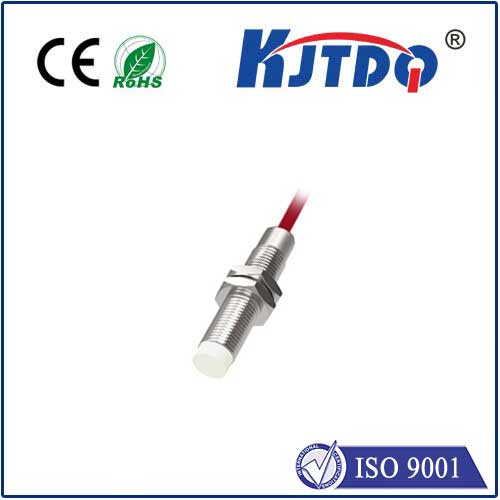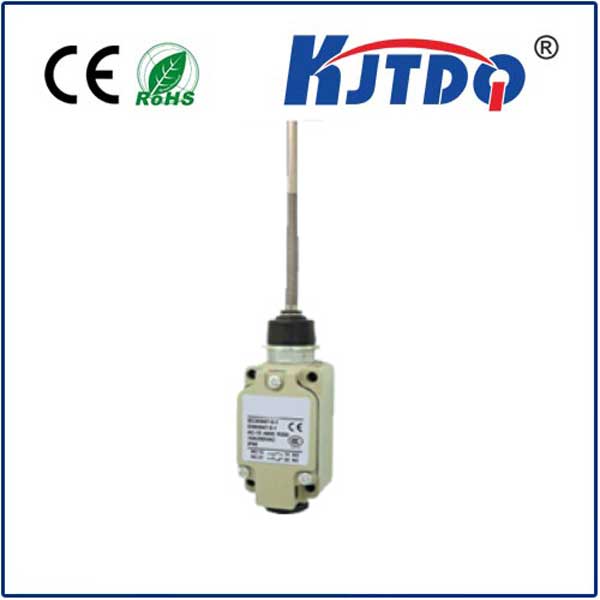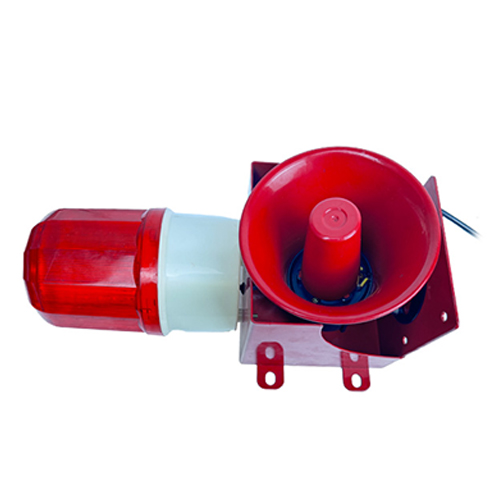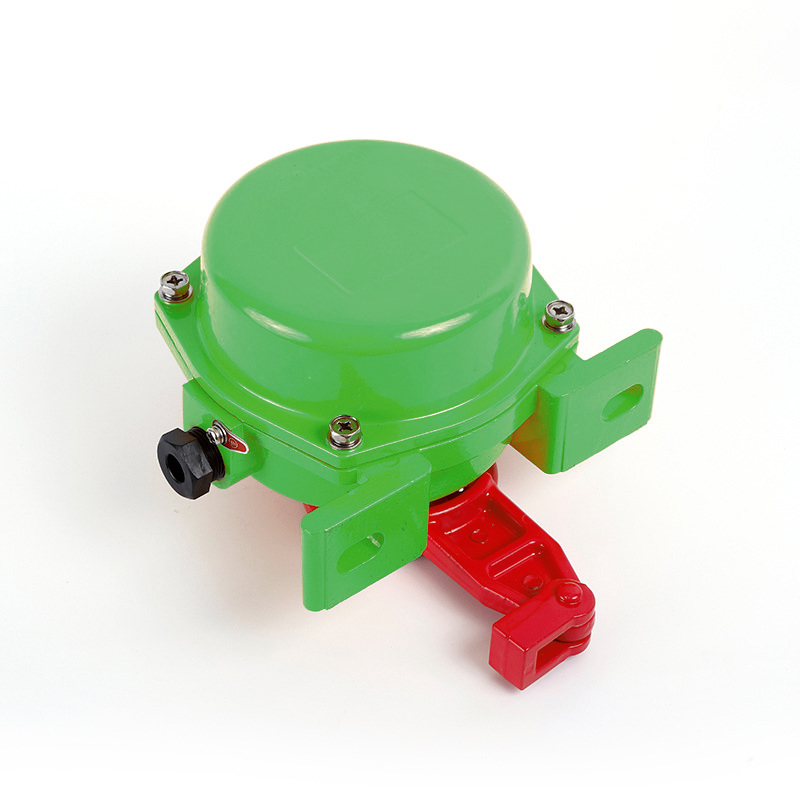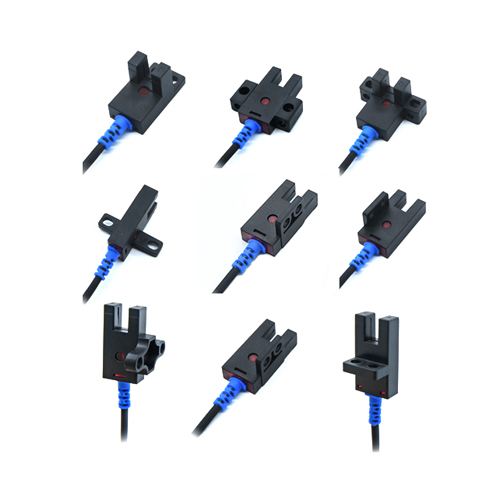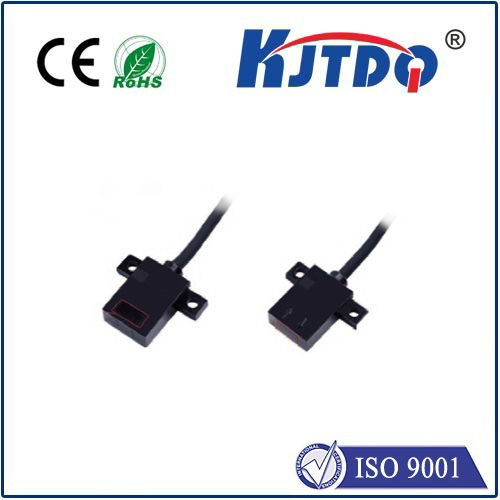

check

check

check

check
Imagine reversing your car. That reassuring beep… beep… beep accelerating as you near an unseen obstacle? Or picture a smart factory where robotic arms move with uncanny precision, never colliding with machinery or workers. Behind these everyday marvels often lies a silent, efficient sentinel: the ultrasonic proximity sensor. This remarkable device harnesses the power of sound we cannot hear to create an invisible safety net and enable sophisticated automation. Let’s delve into how these sensors work, why they’re preferred in countless scenarios, and where they quietly shape our world.
Beyond Human Hearing: The Core Principle
At its heart, an ultrasonic sensor operates like a miniature bat. It emits high-frequency sound waves, typically above 20 kHz, far beyond the range of human hearing. These sound pulses travel through the air until they encounter an object. Upon hitting the object, the sound waves bounce back towards the sensor as echoes. The sensor’s receiver detects this returning echo. The key measurement is the time-of-flight (ToF) – the interval between emitting the pulse and receiving the echo. Since the speed of sound in air is relatively constant (approximately 343 meters per second at room temperature), the sensor’s electronics can accurately calculate the distance to the object using a simple formula: Distance = (Speed of Sound × Time of Flight) / 2. (Dividing by 2 accounts for the sound traveling to the object and back).
Ultrasonic Sensors: A Vital Subset of Proximity Detection
It’s crucial to understand that ultrasonic sensing is a specific method within the broader category of proximity sensors. Proximity sensors encompass any device that detects the presence or absence of an object within a defined range without physical contact. Other common types include inductive sensors (for metals), capacitive sensors (for various materials, including liquids), and photoelectric sensors (using light beams).

Ultrasonic sensors stand out because they excel at detecting objects regardless of their material composition – they work equally well on solids, liquids, powders, and even transparent materials like glass or clear plastic. This material independence is a significant advantage over inductive and capacitive alternatives. Unlike photoelectric sensors, ultrasonic variants are largely unaffected by color, transparency, or ambient light conditions. However, their performance can be influenced by factors like extreme temperature fluctuations (affecting sound speed) and very soft, sound-absorbing surfaces.
Where the Invisible Shield Protects: Key Applications
The unique strengths of ultrasonic proximity sensors make them indispensable across diverse fields:
Understanding Performance: Range, Resolution, and Beam Angle
No sensor is perfect for every job. Key parameters define an ultrasonic proximity sensor’s suitability:
Implementation Considerations: Making the Most of Ultrasound
Integrating an ultrasonic sensor effectively requires attention to several factors:
The Unseen Advantage: Reliability Through Sound
In a world increasingly driven by automation and safety systems, ultrasonic proximity sensors provide a uniquely versatile and reliable solution for non-contact distance and presence detection. Their ability to “see” what optical sensors miss and detect materials invisible to inductive or capacitive counterparts makes them a fundamental technology. From preventing a fender bender in the parking lot to ensuring precise ingredient levels in a massive production silo, these silent guardians continuously measure the unseen gaps in our world, proving that sometimes, the most effective solutions are those we can’t hear, but can always rely on.
